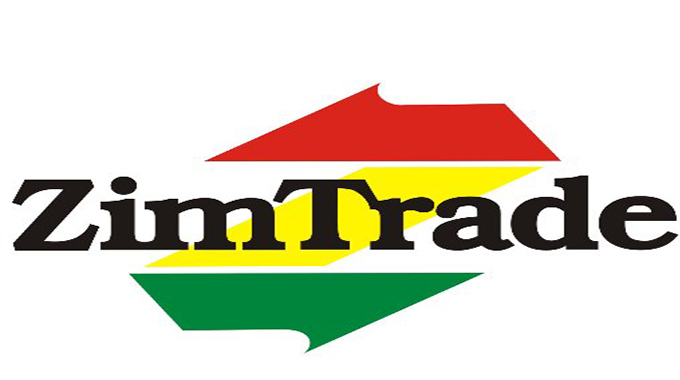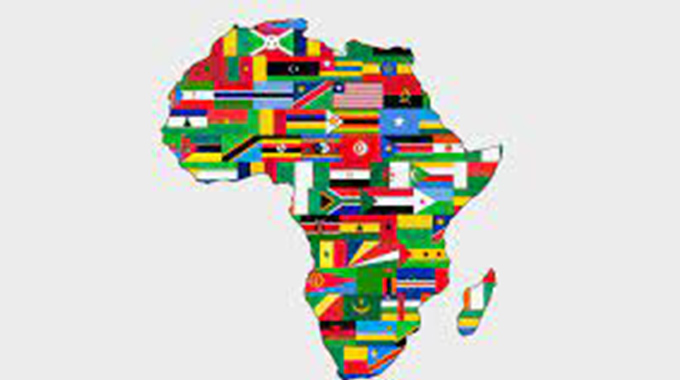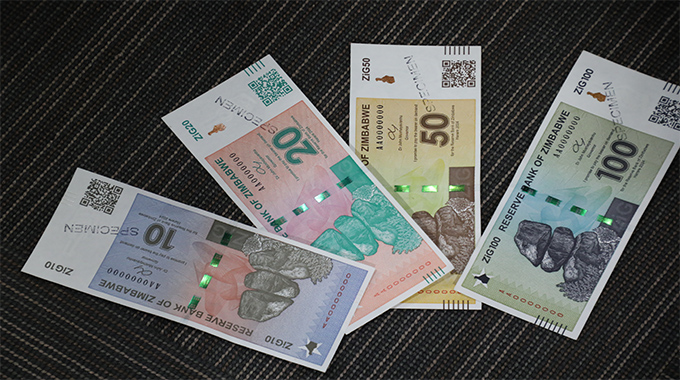Iron, steel and energy sectors to be under spotlight

Nqobile Bhebhe, [email protected]
ZIMBABWE’S resurgent iron, steel and energy sectors, buoyed by recent massive capital investments, are set to come under the spotlight at the inaugural Iron, Steel and Energy Investment Conference (ISEIC).
The event seeks to provide a platform to forge a path towards self-sufficiency, economic vibrancy and unlock regional and global trade opportunities.
Added to that, as the world navigates towards sustainable energy solutions, Zimbabwe’s abundant renewable resources present an attractive proposition for investors seeking to tap into green energy.
Therefore, the conference scheduled for February 6-9 in Kwekwe provides a forum to explore the development of solar, wind and hydro power potential, driving both domestic prosperity and global sustainability.
President Mnangagwa is expected to be the guest of honour leading a stealer line-up of dignitaries cutting across Government ministers and industry executives.
The ISEIC will be running under the theme, “Shaping a Sustainable Future for Zimbabwe’s Iron, Steel and Energy Industry”.
The Zimbabwe Economic Development Conference (ZEDCON) in partnership with the Young Achievers Zimbabwe (YAZ), the Ministry of Veterans of Liberation Struggle Affairs, the Ministry of Energy and Power Development, Ministry of Trade and Commerce, Ministry of Mines and Mining Development and ZimTrade are co-organising the conference.

According to the conference concept note, the inaugural ISEIC marks a pivotal moment in Zimbabwe’s iron, steel and energy industrial landscape.
“Recognising the immense potential within these interconnected sectors, ISEIC serves as a vibrant platform for forging collaboration, driving innovation and propelling Zimbabwe towards a dynamic, sustainable future.
“A thousand delegates are expected to attend the ISEIC which is envisaged to become an annual conference. The President of Zimbabwe, H E Emmerson Dambudzo Mnangagwa will be the guest of honour,” it said.
Zimbabwe’s iron, steel, and energy sectors stand poised to thrive within the dynamic tapestry of global and regional trade.
The global iron and steel market boasts a projected annual growth of 2,5 percent presenting an exciting avenue for the country to expand its reach and tap into lucrative export opportunities.
“Regionally, sub-Saharan Africa witnesses a thriving trade in iron and steel, with a significant portion involving refined products. This presents Zimbabwe with the chance to position itself as a key regional supplier, capitalising on its abundant resources and strategic location,” the note added.
Industry players say the iron and steel industry requires at least US$10 million for retooling to boost operational capacity to match the anticipated vibrancy of the sector to emerge from the new US$1,5 billion steel plant in Manhize.

Money – Image taken from Pixabay
The project, touted to become Africa’s largest integrated steel plant, is expected under the first phase to produce 600 000 tonnes after which output will gradually increase to 1,2 million tonnes in the second phase and 2,4 million tonnes in the next phase.
This will reduce the amount of steel the country imports, which stands at nearly US$500million.
At present, the country consumes 1,5 million tonnes of steel per annum.
The Engineering, Iron and Steel Association of Zimbabwe (EISAZ) is on record saying it is targeting to generate US$6 billion annually from exports by 2026 underpinned by the Manhize steel plant.
The concept paper adds that the dawn of the African Continental Free Trade Area (AfCFTA) opens doors for unprecedented levels of interconnectedness across the continent. “With the elimination of tariffs on over 90 percent of goods traded within the free trade area, Zimbabwe’s iron, steel and energy sectors can access a market of over 1,3 billion consumers and a combined GDP exceeding US$3 trillion. Participating in this vibrant commercial exchange presents Zimbabwe with numerous benefits.
“Despite being a net importer in 2022, Zimbabwe’s internal consumption of iron and steel is steadily rising, reflecting a robust construction sector and growing industrial base. This conference presents a platform to forge a path towards self-sufficiency, economic vibrancy as well as to unlock regional and global trade opportunities,” it noted.
It further indicates that the country’s commitment to economic liberalisation and infrastructure development creates an alluring environment for investors.
To that end, the conference offers a stage to showcase lucrative opportunities across the iron, steel, energy and value chain, attracting both domestic and international players. Another key aspect of the conference is the energy sector which is also undergoing a transformative stage.
For instance, the recent successful commissioning of the 600MW Hwange Units 7 and 8 Expansion Project by President Mnangagwa has helped close the gap in the country’s power supply.
This not only eases the import burden from the region but also creates room for the channelling of excess supplies from major producers to energy-starved member states.
The country is already feeling the positive impact of the US$1,5 billion Hwange Expansion Project, which has renewed business investment confidence and is a huge boost towards the realisation of National Development Strategy 1 (NDS1) and Vision 2030.
Added to that, several firms in various sectors are increasing investments in renewable energy to offset the adverse impacts of erratic power supplies and also the projected El Nino weather phenomenon.
By harnessing the power of the sun for solar energy, businesses are tapping into a sustainable and renewable energy source, reducing reliance on conventional power systems, especially hydro which is also prone to the effects of the El Nino weather phenomenon.
It is in this context that as the world navigates towards sustainable energy solutions, Zimbabwe’s abundant renewable resources present an attractive proposition for investors seeking to tap into the green energy revolution, conference organisers say.
“This conference provides a forum to explore the development of solar, wind, and hydro power potential, driving both domestic prosperity and global sustainability. Sustainable practices must be at the forefront of development. The conference will thus explore cutting- edge technologies and best practices to ensure responsible resource extraction, steel production and energy generation, minimising environmental impact while maximizing economic benefit.”
It added that embracing innovation and collaboration will be crucial for Zimbabwe to compete in the global market.
The conference will also seek to foster interaction between industry leaders, academics and policymakers, paving the way for knowledge sharing, technological advancements and strategic partnerships. Other objectives include connecting key stakeholders across the iron, steel, and energy sectors to forge strategic partnerships and advance technological breakthroughs, equip attendees with actionable insights on the latest trends, challenges and opportunities shaping the iron, steel and energy landscape, enabling informed decision-making and strategic growth.
Attracting domestic and international investors to Zimbabwe’s burgeoning iron, steel and energy sectors, stimulating economic growth and infrastructure development are other objectives. – @nqobilebhebhe








Comments